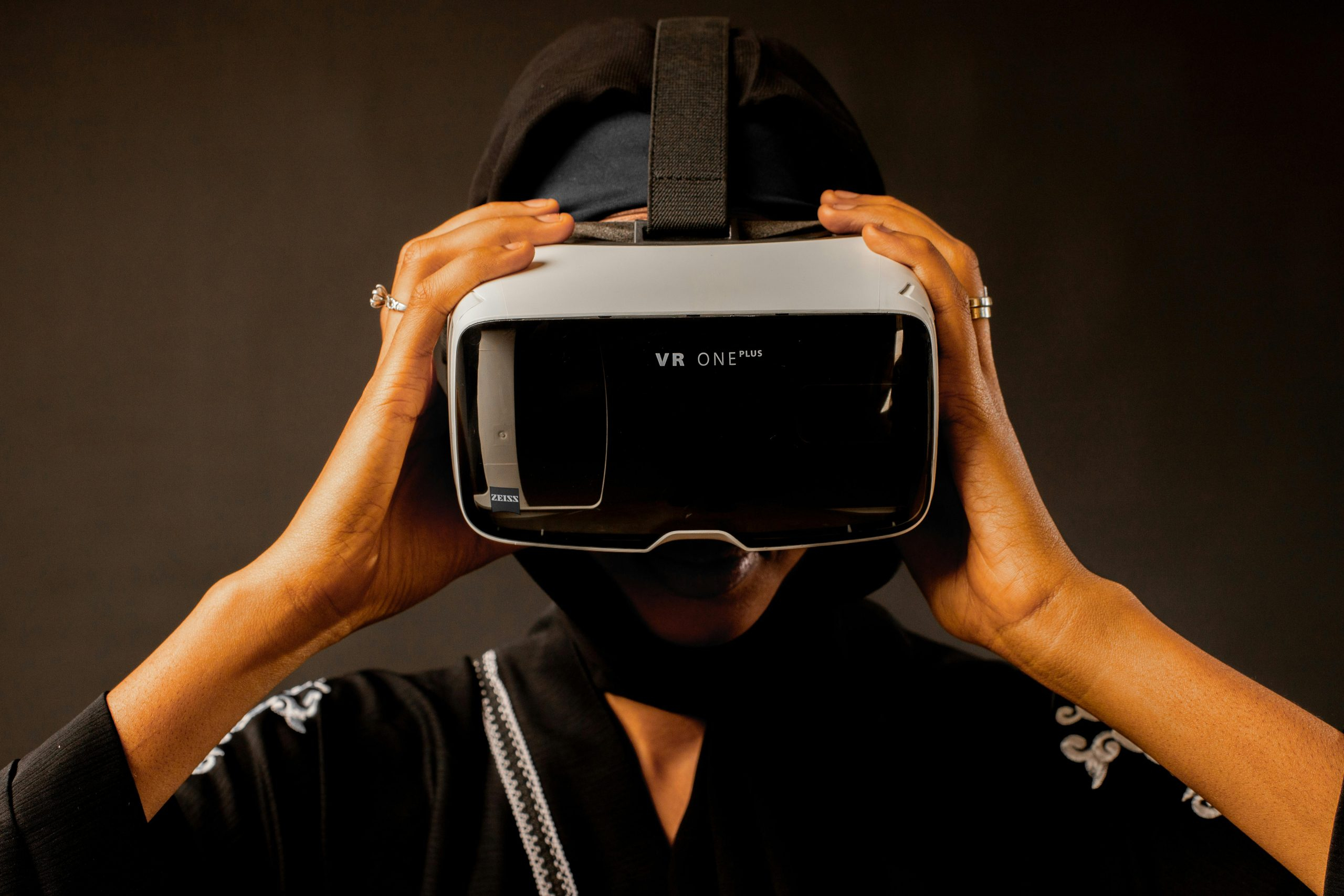Exploring the Future of Retail: Virtual Reality Shopping Experiences
The retail industry has come a long way since the first brick and mortar stores. From online shopping to mobile apps, technology has transformed the way we shop. And now, the emergence of virtual reality (VR) is taking the shopping experience to a whole new level. With the ability to virtually enter a store and browse through products, VR is paving the way for the future of retail. In this article, we’ll explore the potential of virtual reality shopping experiences and its impact on the retail industry.
The Rise of Virtual Reality in Retail
Virtual reality has been around for decades, primarily used in gaming and entertainment. However, its use in retail has started to gain momentum in recent years. Retail giants like Ikea, Walmart, and Amazon have already started integrating VR technology into their shopping experiences.
Enhancing the Customer Experience
The main objective of incorporating VR in retail is to enhance the customer experience. By immersing customers in a virtual store, retailers are able to provide a more engaging and interactive experience. Customers can now browse through products as if they were physically in the store, without having to leave the comfort of their homes.
Additionally, VR allows retailers to showcase their products in a more realistic way. For instance, a customer can virtually try on clothes, see how furniture will look in their home, or even test drive a car, all through VR technology. This not only adds a new level of excitement for customers but also helps them make more informed purchasing decisions.
Eliminating Physical Limitations
One of the biggest advantages of VR shopping experiences is the elimination of physical limitations. With traditional brick and mortar stores, customers are restricted by store locations and operating hours. But with VR, customers can shop anytime, anywhere. This opens up a whole new market for retailers, as they can reach a wider audience and potentially increase sales.
Moreover, customers with physical disabilities or who live in remote areas can now have an equal shopping experience as the rest of the population. VR allows these individuals to virtually access stores and products that may not have been possible for them before.
The Impact on the Retail Industry
It’s safe to say that virtual reality has the potential to revolutionize the retail industry. Here are some ways it can impact the industry as a whole:
Reduced Costs for Retailers
By utilizing VR technology, retailers can reduce certain costs associated with traditional stores. The need for large physical spaces and extensive inventory can be significantly reduced, leading to cost savings for retailers. This also opens up opportunities for smaller businesses, who may not have the resources to operate a physical store, to enter the market.
Increased Customer Engagement and Loyalty
With a more engaging and personalized shopping experience, customers are more likely to become loyal to a brand. By utilizing data from VR shopping experiences, retailers can also gather valuable insights about their customers’ preferences and behavior, allowing them to tailor their products and marketing strategies accordingly.
Challenges and Limitations
Despite the potential of VR in retail, there are a few challenges and limitations to consider. Firstly, the cost of implementing VR technology may be too high for smaller retailers, making it accessible only to larger companies. Additionally, VR technology is still relatively new and may not be fully embraced by all customers. It may take some time for customers to adapt and feel comfortable with purchasing products through a virtual experience.
Conclusion
Virtual reality shopping experiences have the potential to reshape the future of retail. By providing an immersive and personalized shopping experience, retailers can engage and attract a wider audience while reducing costs and gaining valuable insights. However, the success of VR in retail will depend on how effectively retailers are able to integrate it into their overall strategy and how well customers adapt to this new technology.
In conclusion, the rise of virtual reality in retail is a clear indication of the increasing role of technology in the shopping landscape. It’ll be interesting to see how VR continues to evolve and shape the future of retail in the years to come.










